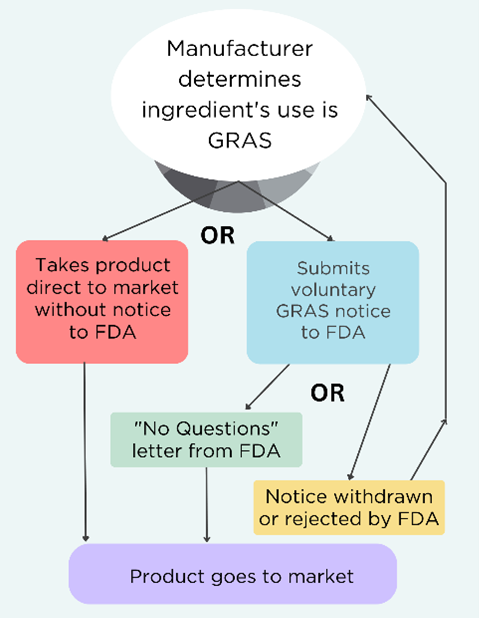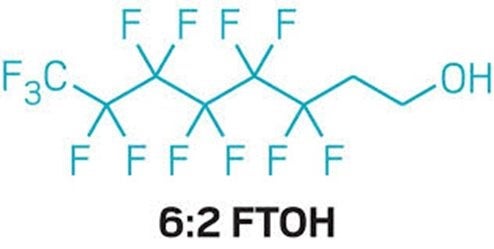Despite a clear legal prohibition of carcinogens in food, several are still permitted, posing a risk to Americans’ health.

People who drink decaf coffee may not realize that some popular brands contain methylene chloride, one of the 14 carcinogens identified in this analysis. (Getty)
By Maria Doa, Ph.D., Liora Fiksel and Emma Barrett
What’s new? A new EDF analysis has found that the Food and Drug Administration (FDA) allows 14 chemicals linked to cancer — or carcinogens — to be used in Americans’ food. These chemicals can be used across the food production chain as ingredients or processing agents, in packaging materials and more, putting the health of consumers and workers at risk.
Our analysis identified 8 known human carcinogens and 6 probable human carcinogens that the FDA allows for use in U.S. food products when they are present in small amounts in other ingredients or in food contact articles approved for use. All 14 substances are recognized as carcinogenic by the congressionally mandated 15th Report on Carcinogens from the National Institutes of Health or by the World Health Organization’s International Agency for Research on Cancer.
Why it matters: These substances pose substantial health risks because they are present in one of the most common exposure pathways for ordinary Americans: food. They are not just risky for consumers, but also for every worker involved in getting food to our plates. Let’s highlight a few examples of particular concern:
- Formaldehyde: Allowed for use in food contact surfaces and defoaming agents and can contaminate food during processing, posing cancer risks and other health effects.
- Methylene chloride: Allowed for use to decaffeinate coffee, extract hops and spices, and in adhesives and industrial products. Besides being carcinogenic, it can cause liver toxicity, neurological effects and even death at high exposures.
- Trichloroethylene (TCE): Allowed for use in decaffeinated coffee, spice extracts and hops extracts, despite links to cancer and fetal heart risks.
- Asbestos: Permitted for use in adhesives, rubber articles and polyester resins in food-related manufacturing, despite its established link to lung cancer and mesothelioma
The law is clear: Cancer-causing chemicals are not allowed in our food. The 1958 Food Additives Amendment gives the FDA authority to regulate food chemicals. Within it, the Delaney Clause explicitly prohibits adding carcinogens to food. In contrast, the regulations FDA derives from the law allow carcinogens to be used if they are either absent from the final product or present only in trace amounts, making their inclusion a deliberate regulatory choice.
The FDA has maintained its approvals for chemicals long known to cause cancer, disregarding its responsibility to protect human health by enforcing regulations aligned with the law. Keeping carcinogens out of U.S. food is a clear mandate of the agency. While the law is straightforward, the FDA’s enforcement of it has been far from it.
Our take: The FDA’s decision to remove cancer-causing food additives should be quick and easy, particularly because safer substitutes are readily available. EDF and others have already petitioned the FDA to act on four cancer-causing substances, including methylene chloride, with no response for more than a year.
The FDA can take years to resolve cases that should be open-and-shut. In January 2025, the agency revoked an authorization for the color additive Red No.3, three years after EDF and partners submitted a petition citing decades of evidence of its carcinogenicity. The FDA’s response to comments on its January 2025 decision made clear that it was rooted in the Delaney Clause. But the slow response left this carcinogen in Americans’ food for three decades too long.
The FDA does not need to wait for groups like EDF to petition it to revoke approvals for carcinogens. The agency already has the legal authority — and responsibility — to keep carcinogenic substances out of U.S. food processing and food; it’s time they use it.











